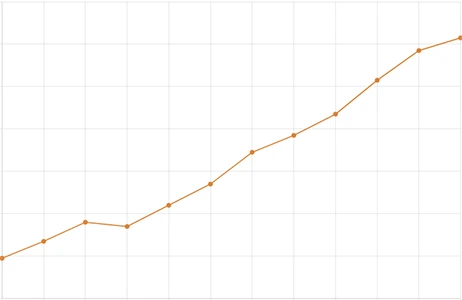Do you know how many animals
are killed each year worldwide?
Short answer, over 84 billion animals are killed each year worldwide (land animals).
read more➔

2025 DATA FROM 2022/23 ESTIMATES

Short answer, over 84 billion animals are killed each year worldwide (land animals).
read more➔

Since you loaded this page Worldwide:
Cattle
Pigs
Sheep
Chicken
Turkey
Sea Animals
The yearly total is the sum of cattle, pigs, sheep, chicken, turkey, goat and duck slaughter. About 84 billion in 2023.
Land animals divided by world population. About 10.5 land animals were slaughtered per person in 2023.
Sea animals caught and farmed measured in kilograms. In 2022 about 179 billion Kg.
Since you loaded this page in Africa:
Since you loaded this page in the Americas:
Since you loaded this page in Asia:
Since you loaded this page in Europe:
Since you loaded this page in Oceania:
Since you loaded this page in Argentina:
Since you loaded this page in Australia:
Since you loaded this page in Brazil:
Since you loaded this page in Canada:
Since you loaded this page in China:
Since you loaded this page in Chile:
Since you loaded this page in Colombia:
Since you loaded this page in Ecuador:
Since you loaded this page in France:
Since you loaded this page in Germany:
Since you loaded this page in India:
Since you loaded this page in Japan:
Since you loaded this page in Mexico:
Since you loaded this page in Russia:
Since you loaded this page in Spain:
Since you loaded this page in South Africa:
Since you loaded this page in the United Kingdom:
Since you loaded this page in the United States:
Every year, billions of animals are killed worldwide for meat production, estimates exceed 84 billion land animals slaughtered annually. This includes cattle, pigs, chickens, sheep, and goats, with poultry accounting for the vast majority. Industrial-scale livestock slaughtering is driven by the growing global demand for meat, dairy, and other animal-based products. However, this figure does not include sea animals, such as fish and shellfish, which are measured by weight rather than individual numbers. Experts estimate that trillions of marine animals are caught and killed each year through commercial fishing and aquaculture, raising concerns about overfishing, bycatch, and ocean biodiversity loss. The impact of factory farming, animal agriculture, and meat consumption extends beyond ethical concerns, influencing climate change, deforestation, and water usage. As sustainability and ethical food choices gain traction, discussions around alternative proteins and plant-based diets reshape the food production future.